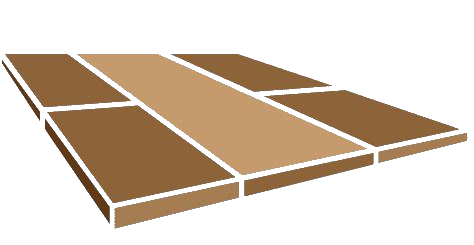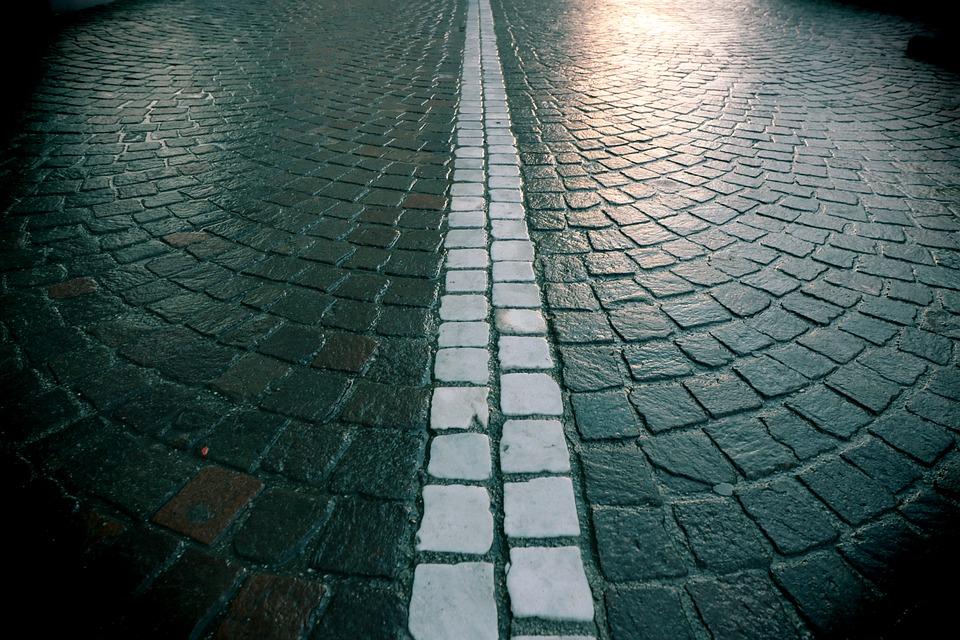Permeable paving grids serve as an indispensable stormwater management tool by allowing water to freely flow between the pavement and reduce runoff volume. They look good and are just as durable as conventional pavements made of concrete and gravel.
There are many types of porous paving systems, including interlocking concrete grids, permeable asphalt and concrete pavers, and flexible pavement structure with reinforced plastic.
What Makes Permeable Pavement Systems Effective?
Permeable systems are usually made from concrete or clay brick with joints. These joints are filled with crushed aggregate composed of marble, granite, or quartz. The unique design is porous so water can enter beneath the surface and make its way to the ground.
While traditional systems retain water and allow it to run off into drainage systems, permeable systems mimic how natural materials absorbs water. The type of permeable paving system and the material will influence the rate at which the water seeps underground.
What exactly happens to the water depends on the kind of drainage system you use – the water makes its way back into the groundwater table or is slowly released into the drainage system. In all cases, this will reduce the overflow of water due to naturally occurring events such as snowmelt and heavy rainfall.
Permeable paving systems have various features that might make them superior to traditional pavers, including:
- Higher thickness
- The use of joints that allow water to permeate through
- Does not make use of sand because it can stop the filtration process
- Ideal for use in driveways, larger parking lots, and even roadways
The Importance of Proper Installation
A professional paver contractor should install permeable pavers because they’re different than traditional paving systems. For example, permeable pavers are about 20mm thicker than non-permeable pavers. Their joints may also vary from 3mm to 12mm wide, depending on the amount of water that is to be managed. Moreover, permeable systems do not make use of sand to allow water to pass through.

